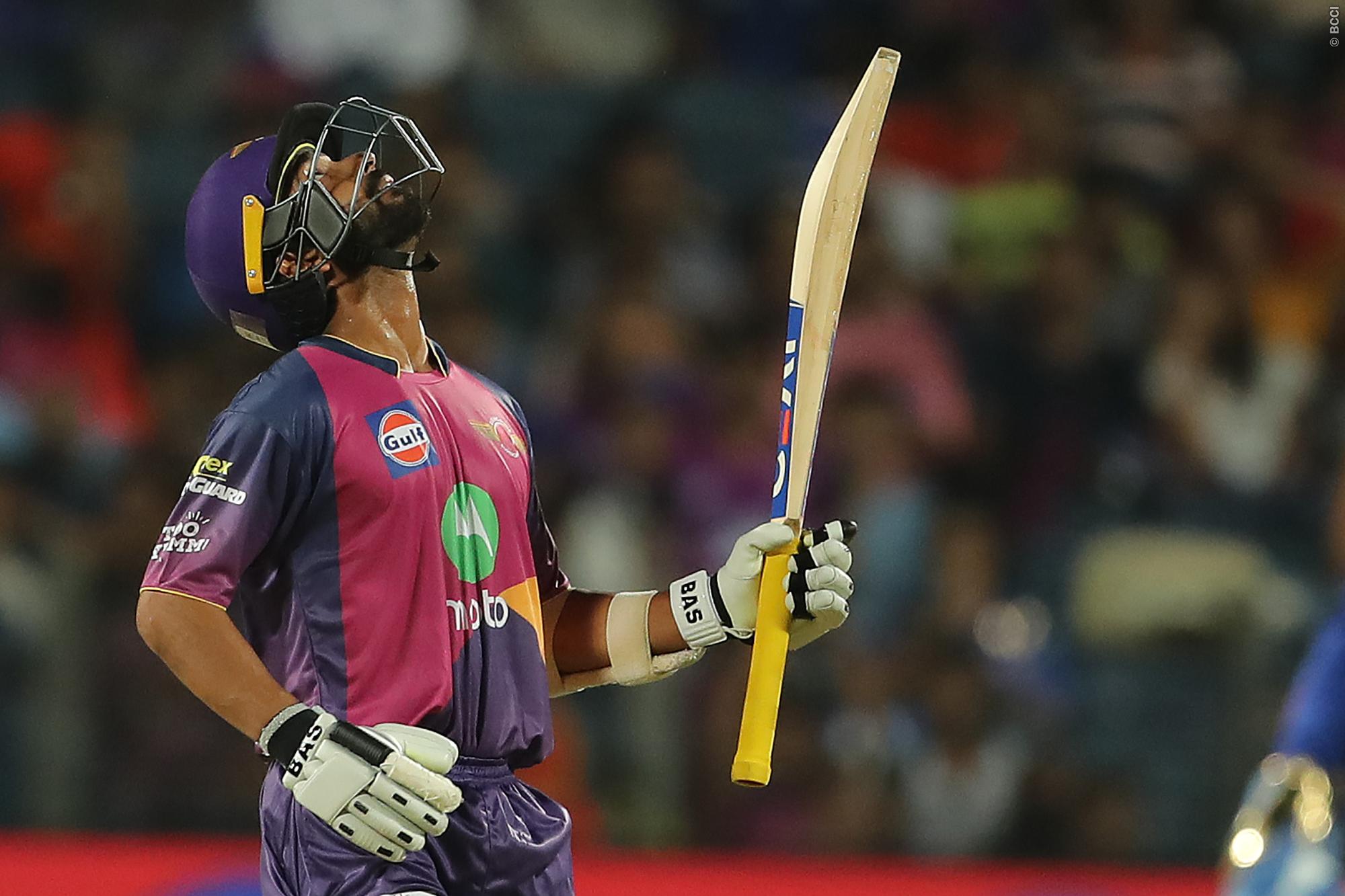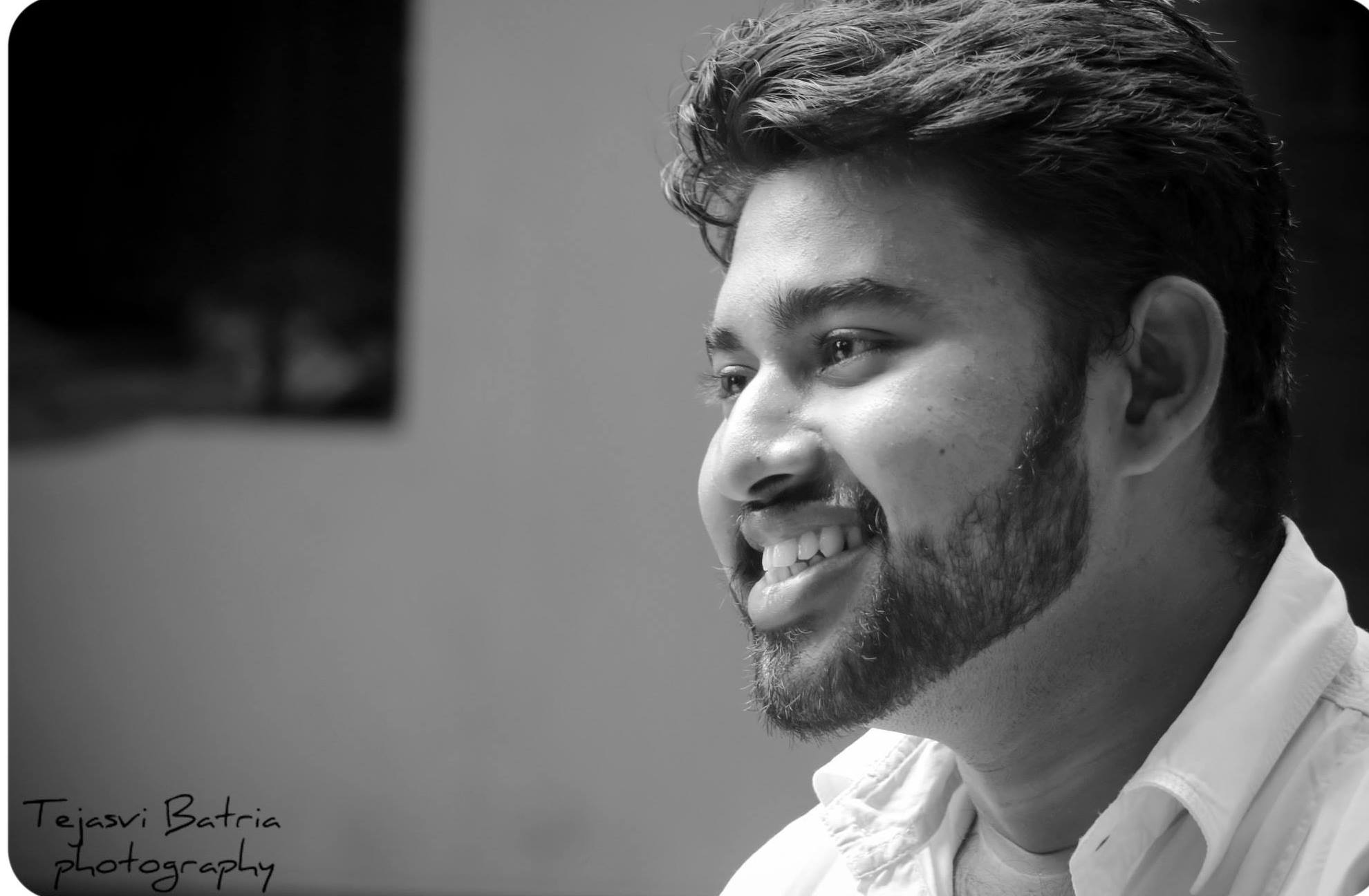Ajinkya Rahane and the art of controlled aggression

IPL T20
Ajinkya Rahane’s belligerent 60 runs off 34 balls at a staggering strike rate of 176.47 helped Rising Pune Supergiant register their first IPL win of the season. His stroke-full innings was just synonymous to the way Rahane channels his aggression- a craft that he learned early in his childhood.
In the art of pottery, the most important stage is when the clay has the maximum moisture content. Hence it is malleable. This is where the potter gives the clay the shape he desires. In many ways, our childhoods are similar to that stage where we just transform the way we’re shaped. Ajinkya Rahane was just a nine-year kid when his father started his karate training. For a short and weak school kid, karate was not just about building strength but it was about channeling his aggression as well.
"A punch should stay like a treasure in the sleeve. It should not be used indiscriminately.”
Ajinkya Rahane’s aggression is never mindless. It is always well-thought out. Rahane came out to bat at number 3 in the absence of Virat Kohli in the fourth Test Match at Dharmshala in the recently concluded Border-Gavaskar Test Series when India
Yesterday Ashok Dinda did what he does the best- conceded plenty of runs in the death over. He went for 30 in the 20th over of Mumbai Indians, making it the most expensive final over in the IPL history. This meant that Pune who
But Rahane’s every move was calculative. He realized that that he is batting on a good track and hence he can afford to just use his hands and play away from his body. His innings had a lot of shots where he was piercing the straighter boundaries. This meant that the mid off and mid on were right on the edge of the circle which allowed him a single every time he played with soft hands. Rahane’s innings was not just power, it had finesse as well. When Mumbai Indians operated with a gully, Rahane used the pace of bowler, and just guided it past that fielder and the square third man was a mere spectator.
Although Rahane has had to endure a lot of struggles in the shortest version in the international arena, the IPL has always been a familiar territory for him. Under the guidance of Rahul Dravid, he had established himself as an opener for Rajasthan Royals, and then not only he made himself a permanent member in the Pune set-up, but also showed enough temperament to be considered as the vital cog of the side, filled with flashy stroke-makers. Last year, in the tournament opener against Mumbai, he started with a match-winning unbeaten 42-ball 66 that had helped Pune make a perfect start to their IPL journey.

 © IPL T20
© IPL T20His strokeplay is pretty decisive and the fact that he puts a high price on his wicket once he is set makes him a big-time run accumulator. Last night, Rahane played the short ball with supreme authority- a skill which he has acquired over a period of time. A good fighter in karate possesses different versions of a punch like an upper-level punch, a lower punch, a front punch and a reverse punch. The basics remain the same whereas the fighter needs to bring out these variations with respect to the situation that he is in. Similarly, as Rahane decided to be a compulsive player of the short ball, he manufactured different versions of the pull and hook shots. Against Pat Cummins in the 4th Test, he played a hook, a short that is becoming rare these days. To a fast bouncer from Tim Southee, Rahane was happy to ride the bounce and pull it over the deep backward square leg. But when Hardik Pandya tried a loopy slower bouncer, he pulled it in front of square on the leg side. All of this just take his power game to a different level altogether.
His innings not only provided impetus to the supergiant in the run chase but also allowed his captain Steve Smith to settle down at the other end and knock it around for singles. Smith in the post-match press conference said the wicket was not easy for stroke making straight away. Hence, the time that he took in the initial stage fuelled his exceptional ball striking that took them to victory.
Rahane’s journey in the white-ball cricket began with a lot of criticism. Many a time in the past, he looked out of shape while trying to hit the ball hard. Cricket pundits suggested that he should stick to the longer format only. But as per the words of grandmaster Edmund Parker, the father of American Karate, “A true martial artist is not the one who fears change but the one who causes it to happen”, Rahane worked on his power game and became a pocket-size dynamite that he is today. His sensible yet brutal hitting at the top order makes Pune a prominent batting side with Smith, Stokes, and Dhoni to follow. And it is his ability of controlled aggression that will make him match winner in this IPL.
